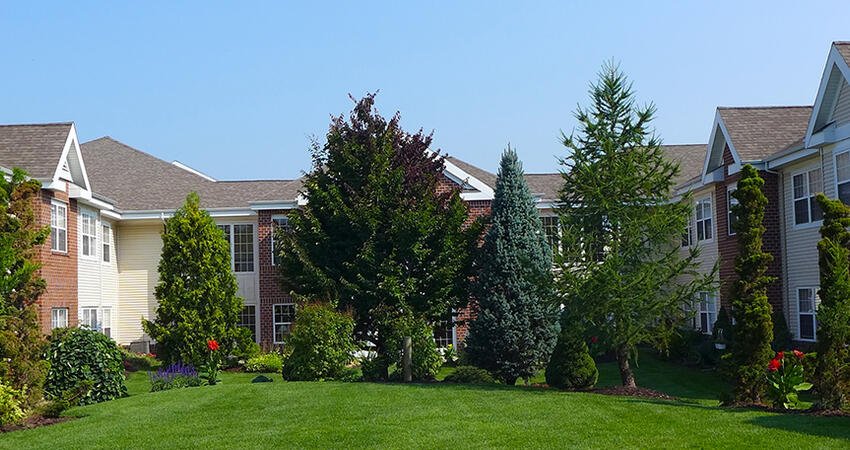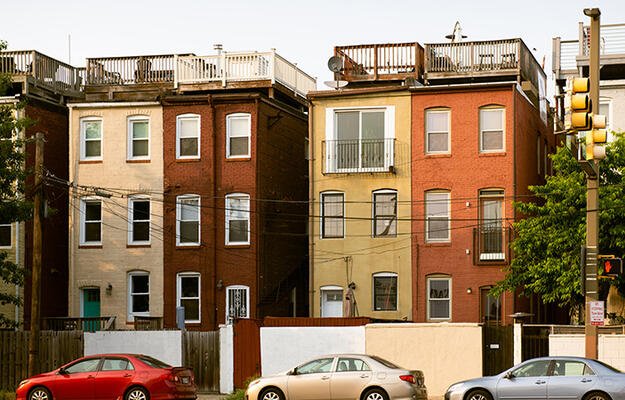
Coordinating Care for Older Adults Can Lower Medicare Costs
- Title:
- Coordinating Care for Older Adults Can Lower Medicare Costs
- Author:
-
Amy Kandilov, Vince Keyes, Martijn van Hasselt, Alisha Sanders, Noëlle Siegfried, Robyn Stone, Patrick Edward, Aubrey Collins, Jenna Brophy
- Source:
-
Cityscape
- Publication Date:
-
2018
The Support and Services at Home (SASH) program in Vermont was designed to promote greater care coordination for high-cost older adults and people with disabilities living in affordable housing properties. The SASH program launched in 2011 and by 2016 had expanded into more than 100 affordable housing properties in the state. Started by the nonprofit housing provider Cathedral Square Corporation (CSC), the program is a statewide initiative overseen by CSC, managed by six Designated Regional Housing Organizations, and delivered at the community level by SASH panels. This study aimed to understand whether these on-site coordinated care efforts affected Medicare costs for the participants during the program’s first five years. To conduct this study, researchers analyzed data on 2,986 SASH participants with records in both the Medicare Fee for Service enrollment and US Department of Housing and Urban Development (HUD) housing assistance databases and compared them with 3,437 Medicare beneficiaries who lived in HUD-assisted or low-income housing tax credit housing properties that did not host the SASH program.
Key findings
- Researchers found no evidence that the SASH program as a whole had an impact on Medicare cost growth.
- Participants in SASH panels directed by CSC and those in Chittenden County (Vermont’s most urban county) had significantly slower Medicare cost growth relative to the comparison group.
- Among CSC panels, the SASH program is associated with $91.59 per-beneficiary-per-month (PBPM) lower cost growth, mainly driven by lower acute care costs. The researchers posit that this may reflect CSC’s assignment of team leaders for these SASH panels, which allowed coordinators to spend more time on participants’ needs.
- Among urban panels, the SASH program is associated with $122.24 PBPM lower growth in total Medicare expenditures, mainly driven by lower acute care costs. Participants in these areas tended to have access to more health care and social support services in their communities than those in rural areas.
- No significant favorable impacts were found on the Medicare expenditures of participants in the rural panels or non-CRC panels.
- Favorable impacts of the SASH program were particularly pronounced for participants who were dual eligible for Medicare and Medicaid. Further analysis of the Medicaid population is needed to understand why dual-eligible participants saw more favorable impacts from SASH than Medicare-only participants.
Photo by Le Do, Shutterstock


